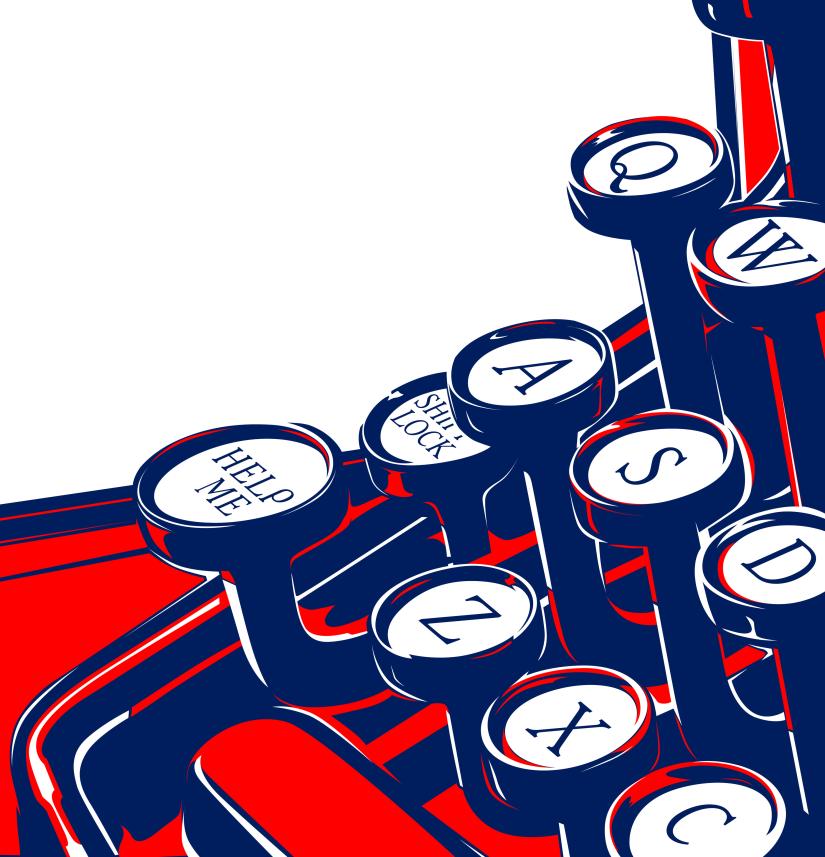
It’s certainly not new news that news media has been using AI in the process of producing ‘news’. What’s new news is that News Corp has been using AI rather extensively to produce ‘news’. So, whilst most media companies in Australia are moving from process automation to story generation cautiously, News Corp is speeding down the genAI highway.
At the World News Media Conference in Taipei last week News Corp Australia’s Executive Chair, Michael Miller revealed that the company’s hyper local digital-only mastheads have been punching out some 3,000 articles a week using genAI. And as part of a wider program of embedding and integrating its editorial output in technological development and innovation – which all sounds very buzzy – the results for News Corp, according to Miller, are more than promising even though the success News Corp is seeing has many parents.
Miller says 40% of News Corp’s total revenue now comes from digital and that digital revenue has grown by 42% in the past two years. News Corp Australia’s monthly audience has grown from 16.4 million to 18.1 million in the last two years, and much of that growth is attributed by Miller to Verity. What’s that, you ask?
Verity is a bespoke data analytics platform launched in 2019 to allow individual journalists to track the performance of their stories from first publication all the way through to the number of new subscribers they attract. The journalist can watch how the story tracks online through various News Corp titles and on social media and newsletters, providing reader profiles down to their postcodes and lifestyles. Controversially, Verity can workshop headlines, story angles and story ideas to predict the likelihood of a person paying for a subscription. Think editor as AI bot. Of News Corp’s 1,000 plus journalists, some 54% now use Verity to track the performance of their output. From this data, Miller knows that as a group, this 54% of journalists generated nearly 6,500 news stories which generated more than 5,000 new subscriptions (65% of which were the result of social media engagement). And 55% of all new subscriptions came from News Corp’s hyperlocal news mastheads.
In 2020, as Covid hit, News Corp stopped printing 112 newspapers regionally. 36 closed completely. The rest went digital and the News Local division set about launching new digital-only titles attached, in the main, to metro mastheads, as drop downs on the front page. Many are staffed by a single journalist with access to central technology and marketing resources and are usually profitable within 2 years. Now they have a new tool – genAI – to make them even more productive.
It’s a small team of just four staff in a new division called ‘data local’ which is using genAI to pump out generic information, stories on the local weather, where to source the cheapest fuel and which roads to avoid. With genAI doing the heavy lifting on 3,000 articles a week, the single journalist working regionally can use their time to work on other stories with Verity acting as a data assistant to provide performance metrics, leading to more subscribers. ‘If that single journalist can generate seven new subscriptions a week, then their salary is covered,’ said Miller. Journalists have long feared that genAI would lead to job losses. In News Corp’s case, the job losses hit before genAI came along.

Monica Attard, CMT Co-Director
This was featured in our Centre's fortnightly newsletter of 11 August - read it in full here and/or subscribe.

